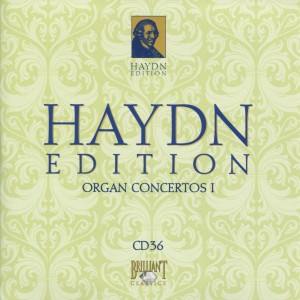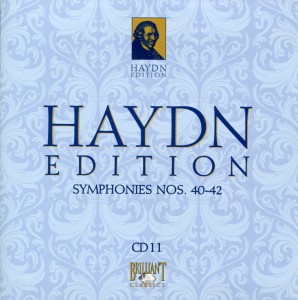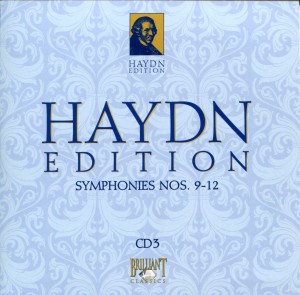 Today’s music is Organ Concertos.
Today’s music is Organ Concertos.
That means I’ll probably hear an organ that’ll remind me of the score of a silent film, something akin to Phantom of the Opera or some other scary movie.
It’s inevitable, really.
Any time I hear and old-timey organ in Classical music, I think of the opening flourish of Bach’s Toccata and Fugue in D Minor (BMV 565), which is one of the most distinctive – and famous – passages of music ever written:
See what I mean? You know that sound even if you don’t know it’s name. (Now you do. Write it down in case you ever find yourself on Jeopardy!)
But that’s not the music I’ll hear today. For one thing, it’s not Bach on tap; it’s Haydn.
For another, according to the list of Haydn’s concertos published on Wikipedia, today’s musical selection selection was published in 1756. (Haydn was 24.) Bach lived from 1685 – 1750. So, although, Haydn could have been influenced by Bach (and, most likely, was), I think he was too busy blazing his own trail to copy the works of Johann Sebastian note for note.
Meaning? Meaning the style of music had changed from the early days of Bach to the heyday of Haydn. Therefore, the organ solos in Haydn’s works won’t Continue reading



